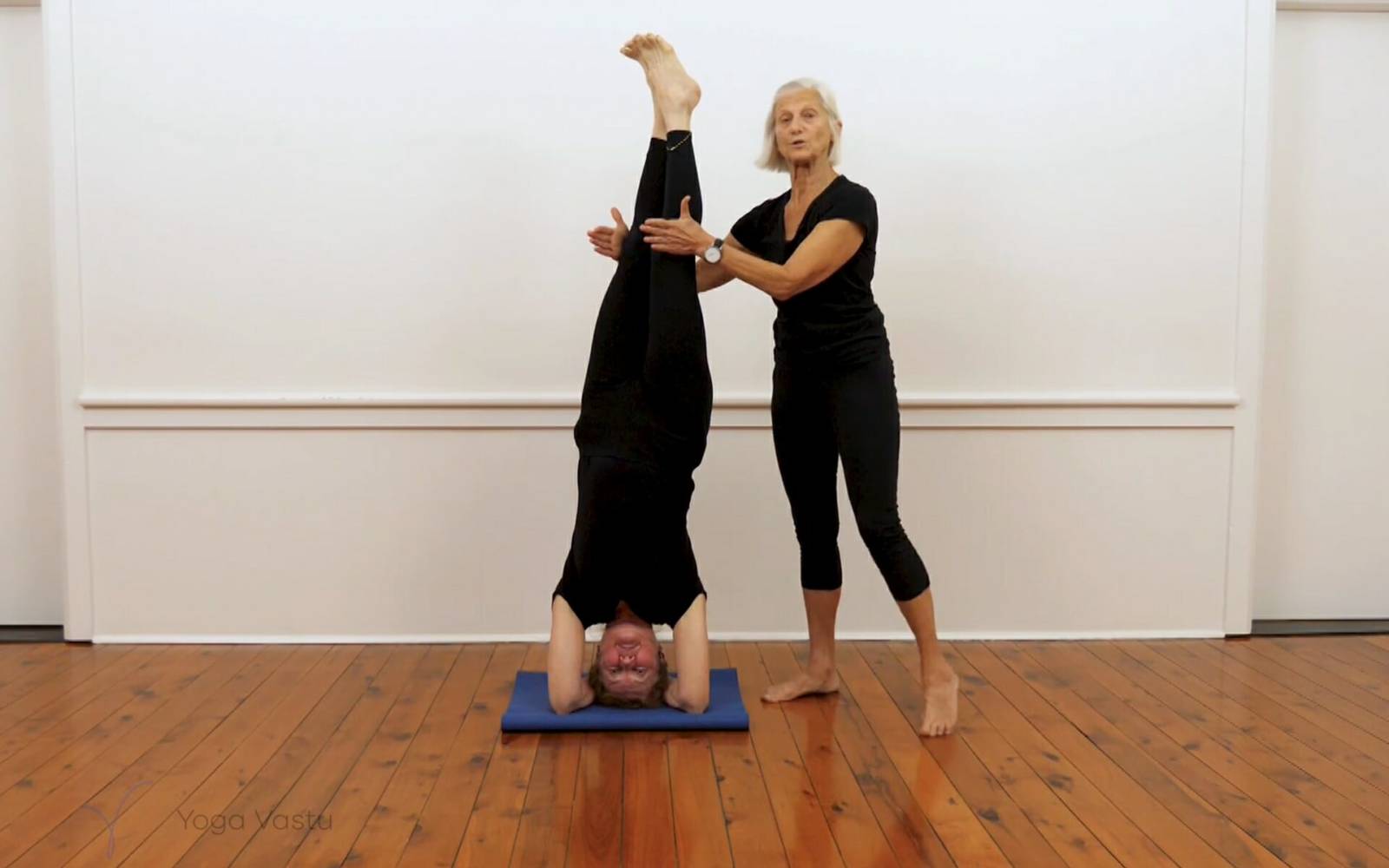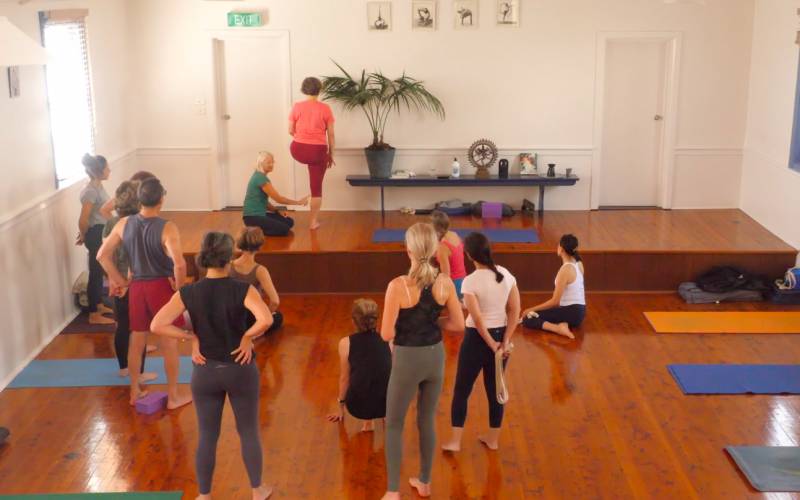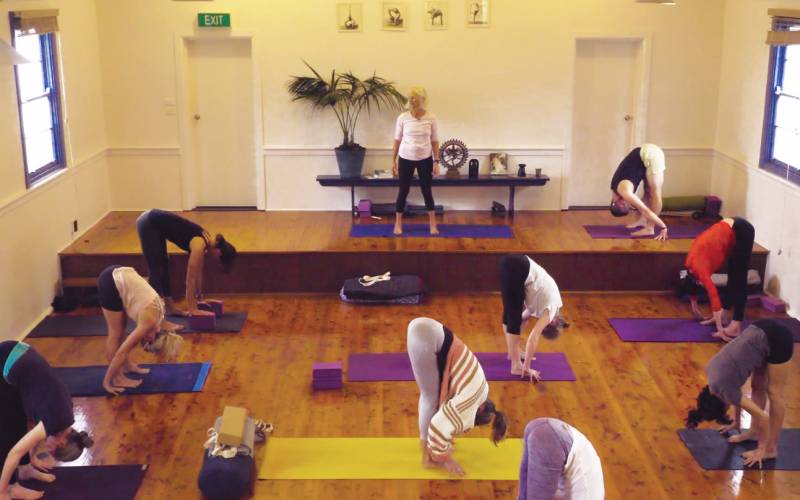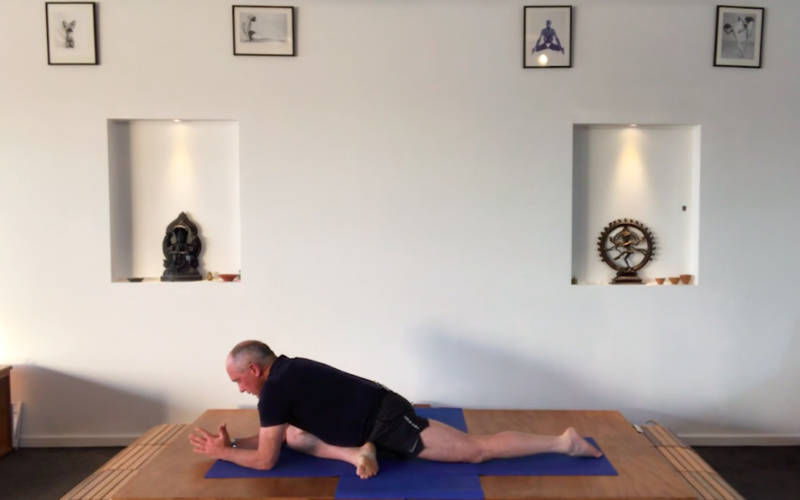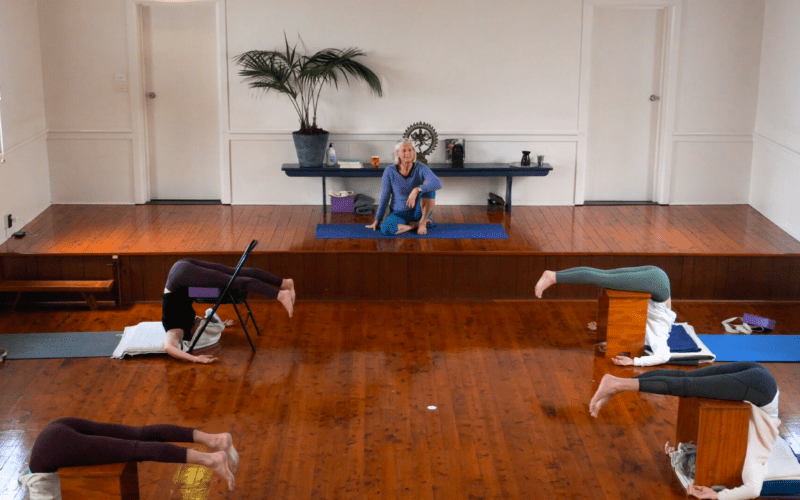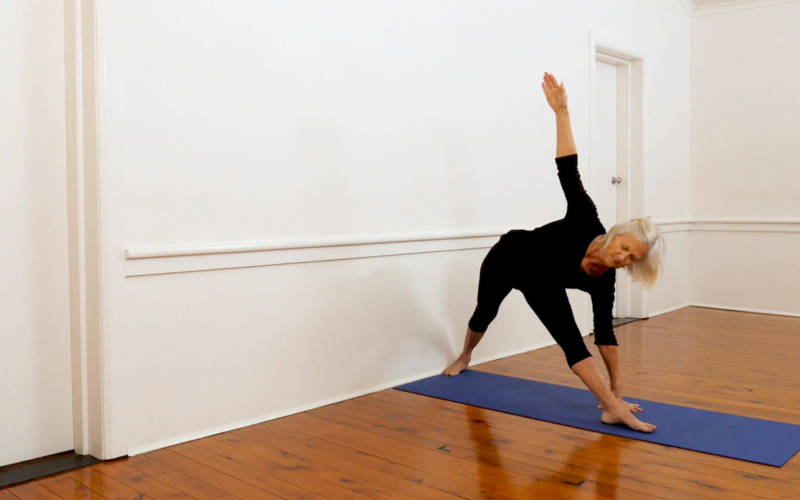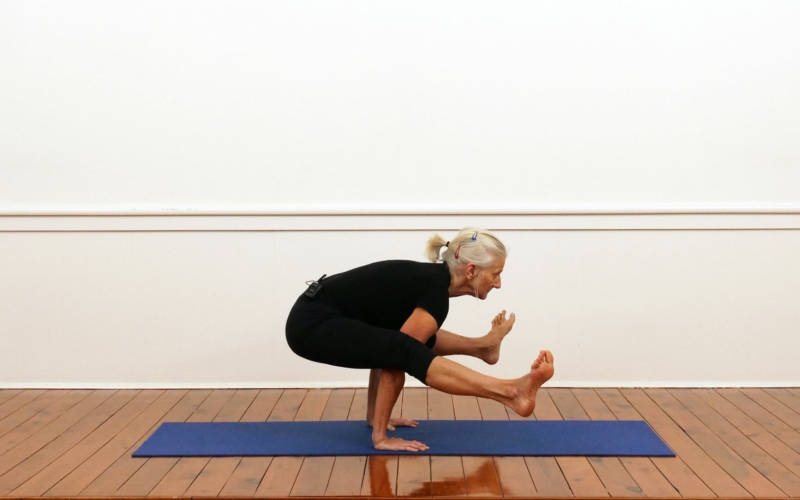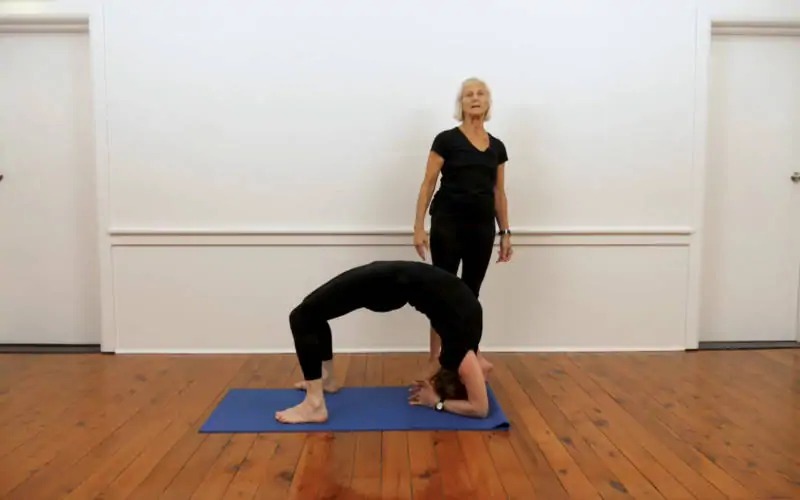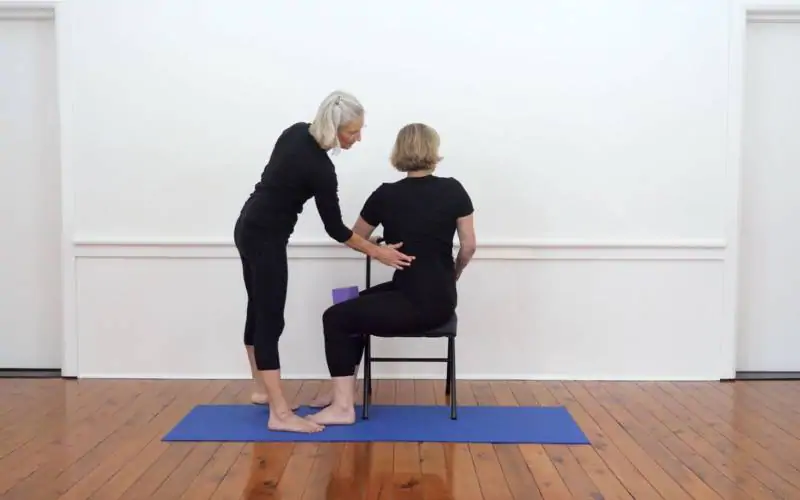How to perform Side Headstand
As you hold your balance in Sirsasana, tilt your feet to the side. Use your core to twist to capacity.
What is Parsva Sirsasana?
This is a twisted variation of Salamba Sirsasana (Headstand). The twist gives this pose an asymmetrical nature and adds a challenge for the practitioner.
It is always paired with Shoulderstand (or a pose from the wider Sarvangasana family, such as Setu Bandha) so that the heating and invigorating effects of Headstand can be counteracted with the cooling qualities of Shoulderstand. (Shoulderstand need not be practiced immediately after Headstand, but it should appear somewhere in the sequence after Headstand is taken. Practice Shoulderstand for at least as long as you held Headstand, or even 1.5 or 2 times as long.) Headstand is first learned near the wall, and later practiced freely balancing in the centre of the room.
Before you can perform the twisted variation of this asana, you will need to ensure you have mastered all the foundations and are able to maintain your Tadasana line while in an inversion. As you twist, your head, sternum, navel, and pelvis stay maximally aligned. This allows for a deeper, more pronounced twist in your core and abdominal muscles.
When to use Parsva Sirsasana?
A good foundation in the standing poses and lift strength and opening in the upper arms and shoulders are necessary before learning Headstand. Guidance from a certified teacher is prudent when learning this pose. Stability, confidence, strength, and readiness in the body need to be built progressively. Poses like Adho Mukha Svanasana begin to prepare the body for Headstand. In classical sequencing, Prasarita Padottanasana is often taken immediately before Sirsasana. For the twisted variation, a student should ideally be quite experienced in inverted balancings already.
Once the pose becomes established in the practitioner, it has a mentally clarifying effect. It is said to sharpen concentration and focus. The blood supply to the whole body is affected, by virtue of the inverted nature of the pose. The tissues of the brain, and important glands like the pituitary, are thought to be benefited by this posture. Moreover, the twist helps keep your spine healthy and strong.
However, inversions should be avoided during menstruation or if you are suffering from pain in the shoulders, neck, or upper back. The twist can also exacerbate any existing issues in the back, so make sure you don’t force yourself into this pose.
Also, note that inverted postures, like those from the Sirsasana and Sarvangasana families, are to be avoided or approached with extra care and preparation if you suffer from chronic dizziness or high or low blood pressure. If this applies to you, work your way into such inversions through such poses as Paschimottasana, Uttanasana, Adho Mukha Svanasana, or any other forward bends. Mild inversions such as Setu Bandha Sarvangasana can also be useful in preparing your body for a fuller, more pronounced inversion.
After coming out of the inversion, counterbalance its effects with the same aforementioned forward bends or by just sitting calmly in Virasana. The latter allows you to reconnect to your breath, and to get grounded and neutral.
